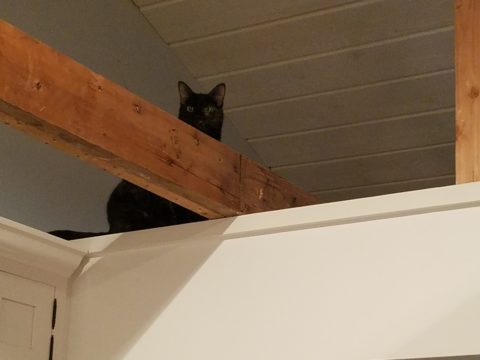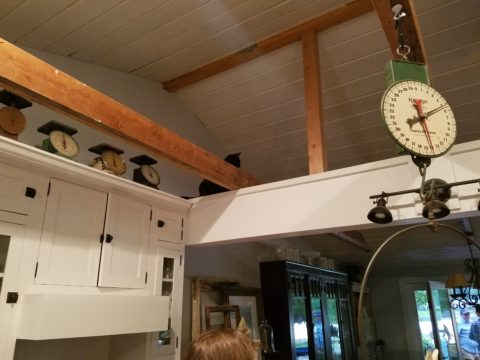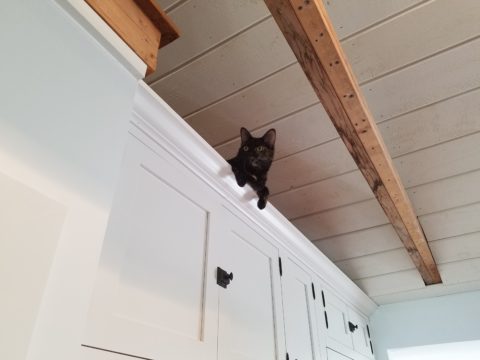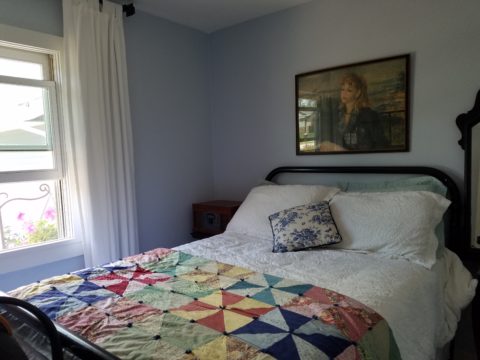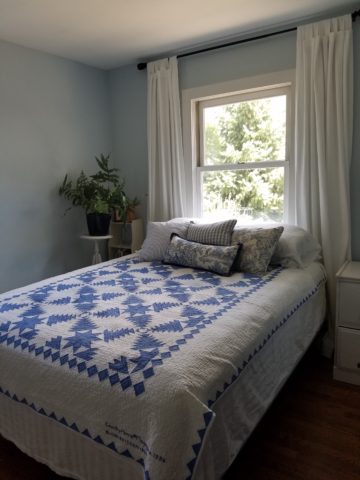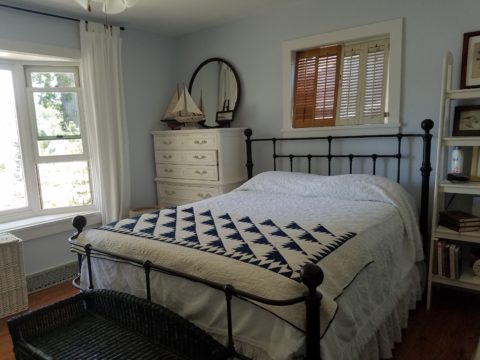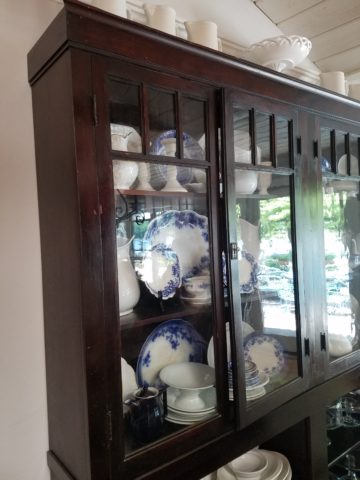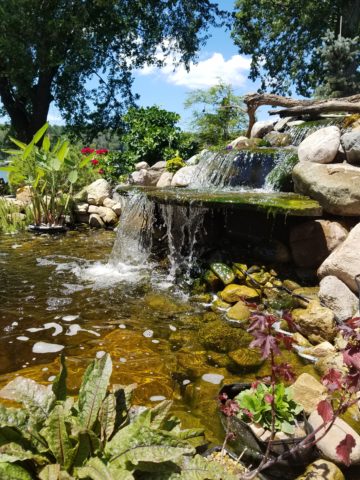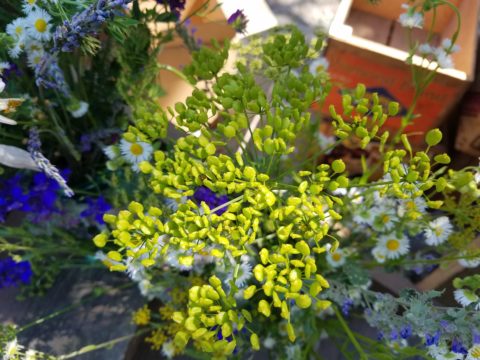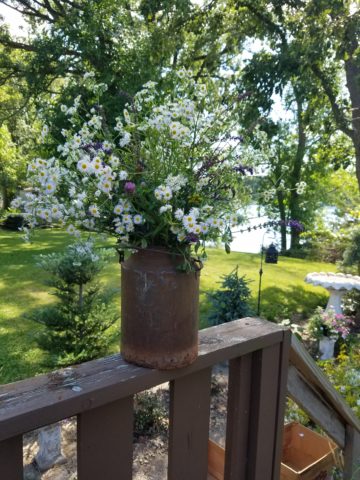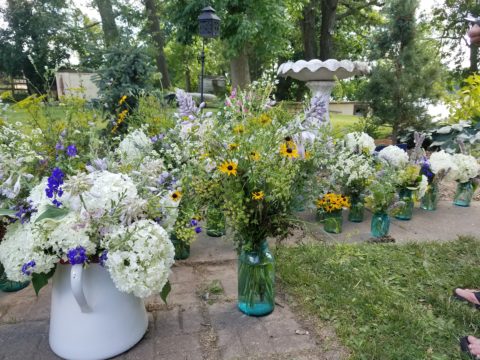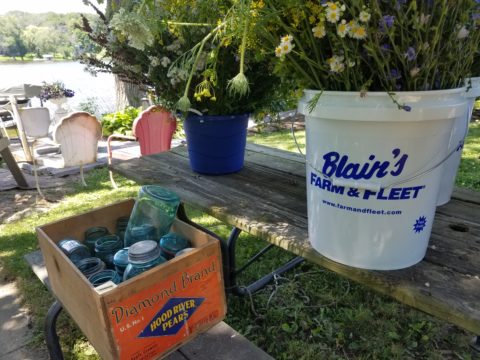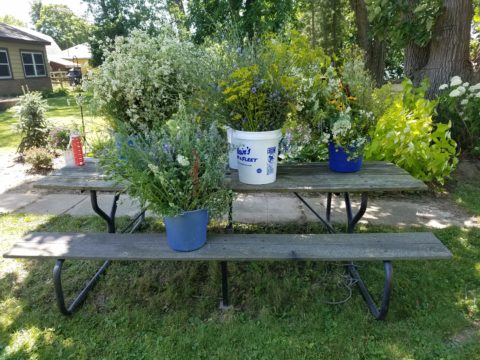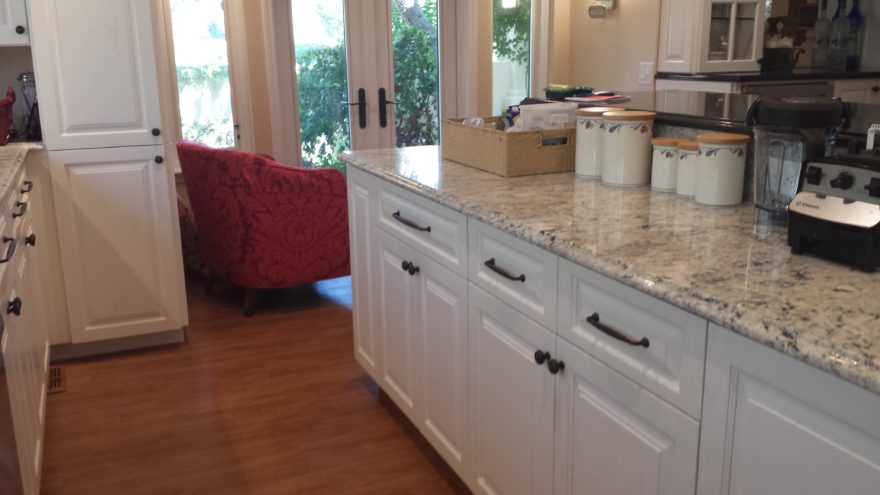You know things are not quite right…at a glance, it all looks good – but something is not quite right… too loud, too quiet, bland, boring, just not interesting, not working, not quite right – but you can’t put your finger on what is bothering you or why. I could be talking about blind dates – or the significant other that everyone thinks is terrific, but you know that it’s not what you want or need right now. Can you fix this? The similarities are astonishingly comparable to observations you might make, or discomfort you might feel, in your interior environment. Replay that list of disappointing observations you might find, in a would-be he or she, and apply it to you interior. See how funny/similar it can be!!
Fixing people is not quite as easy as making changes in your property. But the similarities, in evaluating, being uncomfortable and not being able to put your finger on the exact problem and making the decision(s) necessary to rectify things, are. Identifying the problem is often the roadblock.
Maybe you’re just tired of it and you want it refreshed. Do you want something new? Do you want to change it around – rearrange? Can you do that? Do you need to start over or can you salvage the best parts and improve others?
Having scrambled all of these people-personality traits and interior features, let’s focus on the subject at hand – interiors. This conversation occurs often. Someone will bring to my attention something that either bothers them, or an idea that they think will improve their space. More times than not, I realize that the objective view will notice that the items identified or ideas offered are not at all what is wrong or, by changing, will improve the space.
Case in point, an appointment scheduled to discuss large windows in a great room. The client thought that the room needed draperies. It would have been an expensive installation regardless of the cost of the fabric – just due to the area to cover. I have used this example before, because it is so prime. My first questions were: Is this for sun-control? To which she answered that no, she faced east and had a generous overhang on her patio. Is it for privacy? No, she assured me that nobody lived east of her and that was not a concern. Is it as a decorative element? Her answer was cautiously enthusiastic that yes, she thought that a decorative drapery treatment was just what she needed to improve the look and feel of the space.
I scanned the room seeing the tired, stained carpet, poorly arranged furniture, toys strewn about and piles of papers on every surface…and I knew that draperies were not going to improve this scene. Because it was their primary living space and they were obviously hard on it, I suggested that she trade her carpet for tile and a large area rug, I helped her rearrange her furniture, suggested toy bins, and advised against the draperies. She had the good fortune of a relative in the flooring business and so I helped her select the tile and carpet to be cut into a rug and her installation was quickly completed, at far less cost to her than window treatments would have been. With paint to refresh, the end result was so successful that she could not stop talking about how the transformation made her feel so good and that she just couldn’t see it – hadn’t bee able to decide what needed to be done.
Feeling good about your interior spaces. Your private space needs to make you feel good for so many reasons…security, comfort, relaxation, motivation, joy, inspiration, identification…Times change and styles change, some things are classic and some are fleeting and trendy. Your interior responds to your place in time. Refreshing it is a natural response to changing times and life stages.
Recently I was asked to look at the walls in a kitchen. They were a medium sage against a natural blond wood ceiling. We had just lightened the walls of an adjacent room. She said “I think I want to change my wall color – don’t you think it’s too dark?” So I looked around and pondered…it’s a cozy room, the color is neutral and contrasts well with the wood ceiling…I wondered, is it too dark? How will it change if we select a new color – specifically a lighter color? I knew that they enjoyed spending time in this space, more-so in the winter as they had many wonderful outdoor areas to spend time in the warmer months.
So I thought about the room in winter…the dark walls gave it a close, soft, comfortable, cozy feel. But upon gazing around the room, I noticed that the cabinets had a modern, flat, radius design, worn in several places, were blond wood (when the rest of the doors and trim throughout the house were raised panel and all white), and in no way seemed to reflect the interior design theme of the rest of the home.
I offered that maybe the cabinet doors and drawers should be replaced with new raised panel versions. The boxes and hardware were in fine condition, the replacing of the doors and drawers would be less costly and intrusive than replacing all of the cabinetry. She expressed shock at this observation. I was suggesting keeping the wall color, refreshing the cabinets, painting them white and voila – a new, brighter kitchen without lightening the walls. It would retain the cozy feel, but with a fresh look! And I have since considered that the island might be another color – yet to be determined.
We have recently done a similar fix to existing cabinets – and the result was amazing.
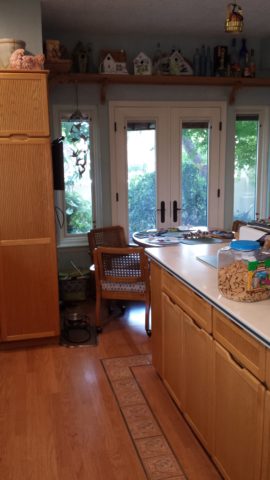
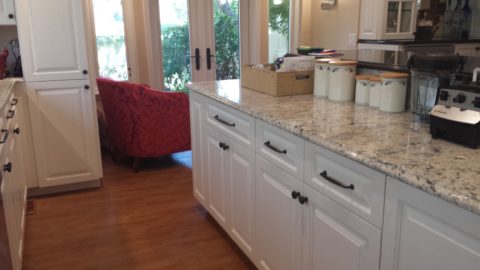
Salvage what makes sense and spruce up/replace what needs it. Need help deciding how to know what to do and what not to do? Call your favorite interior designer!
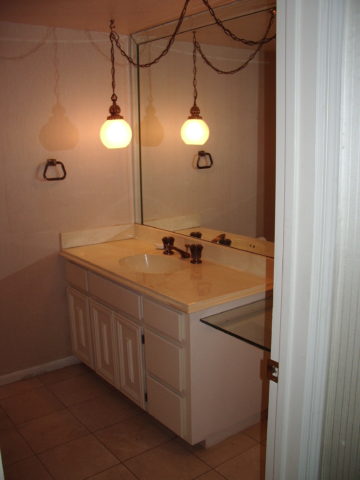
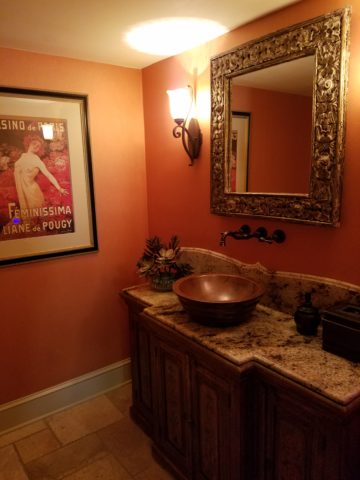
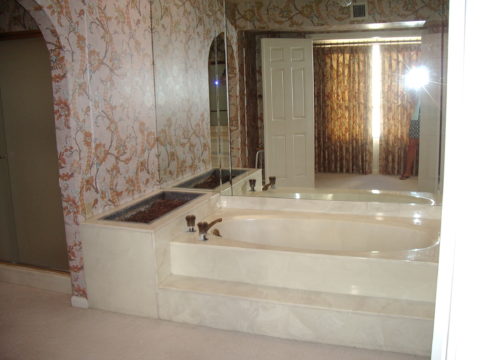
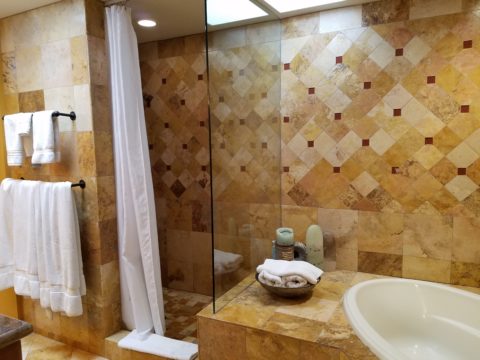

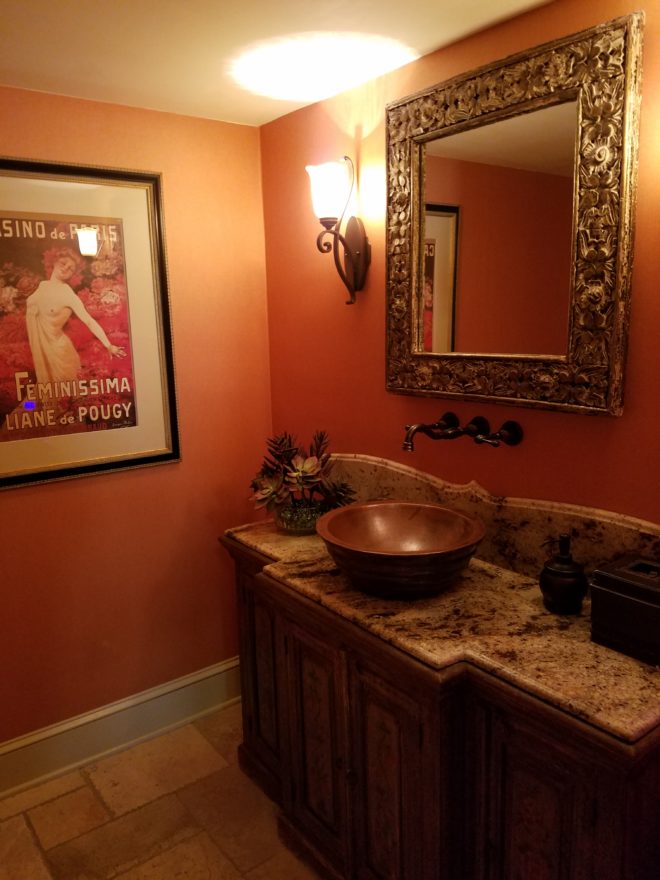
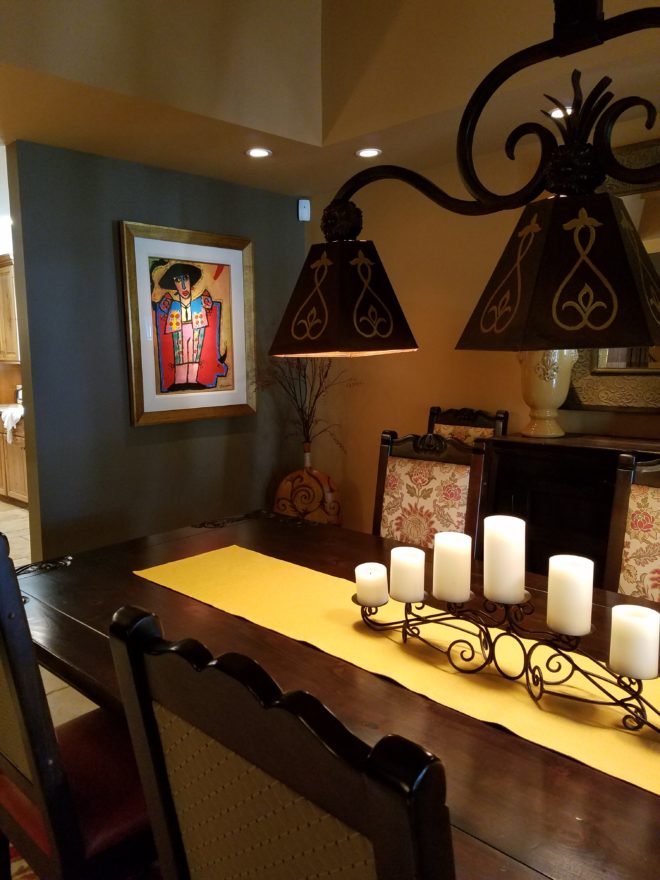
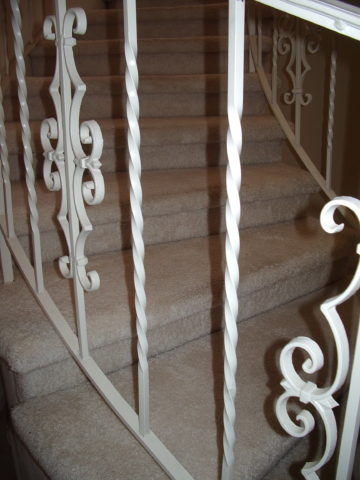
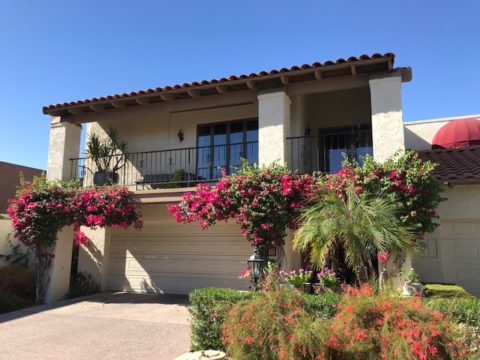
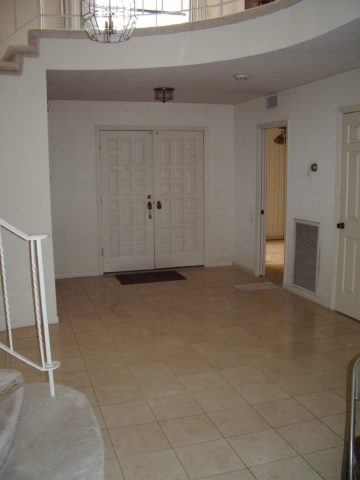

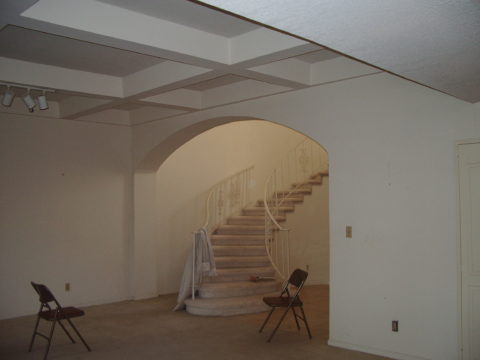
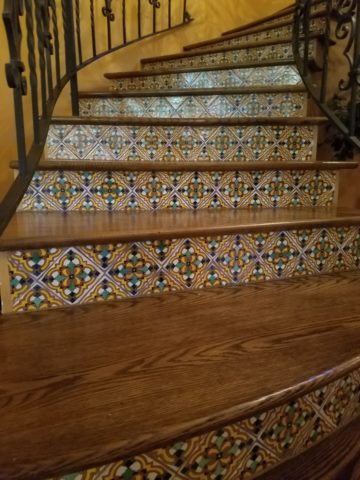
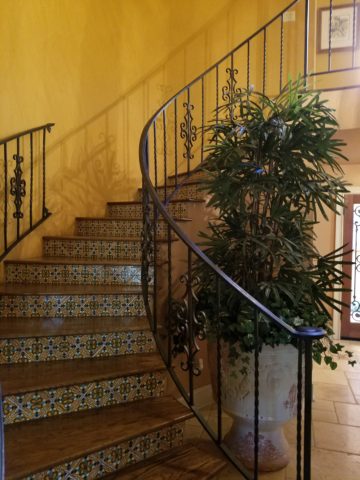
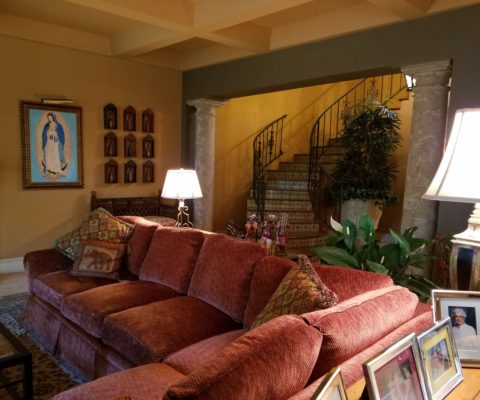
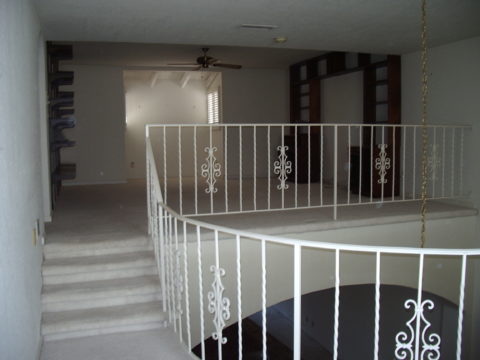
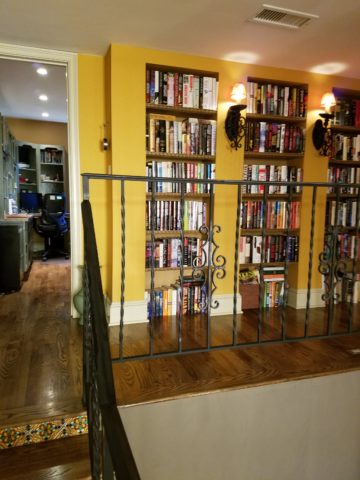
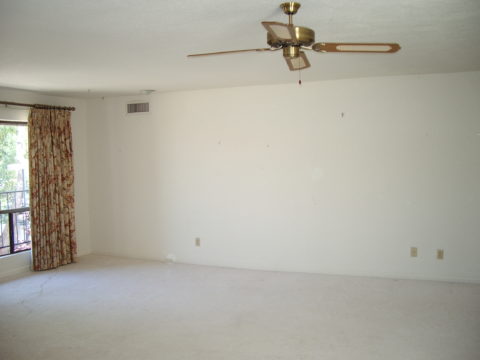
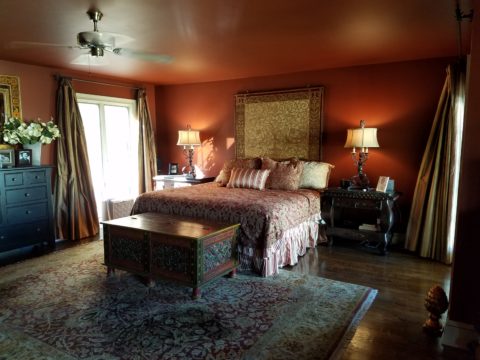
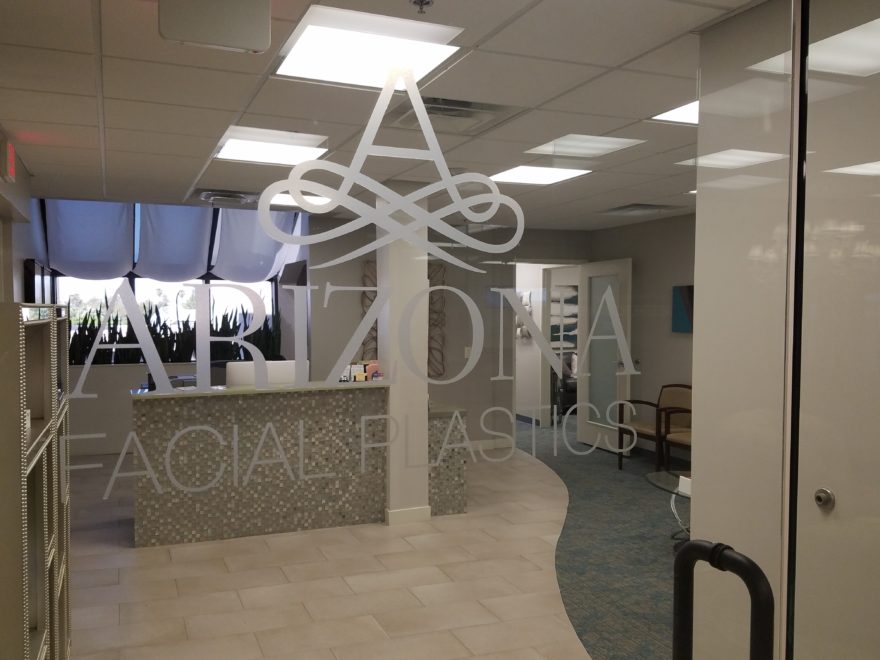
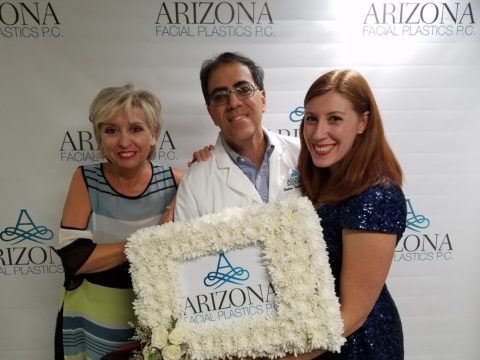
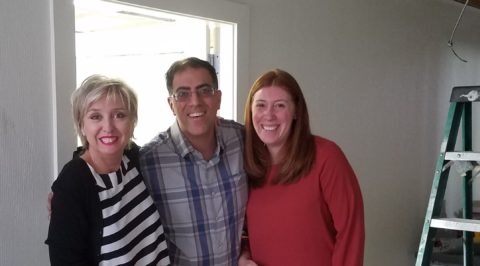
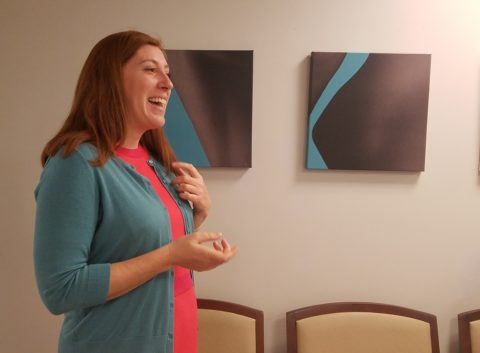

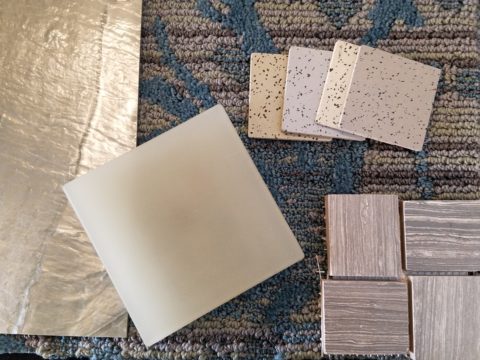
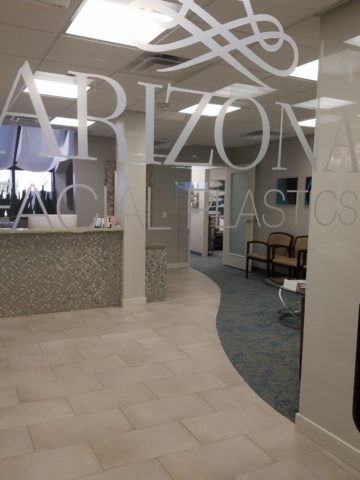
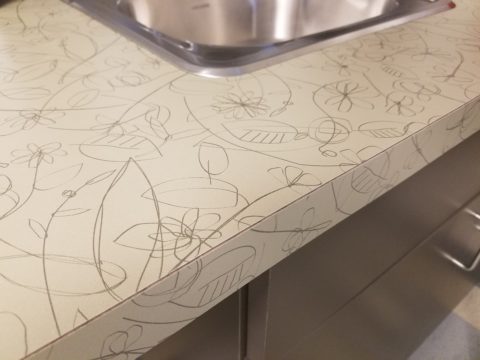
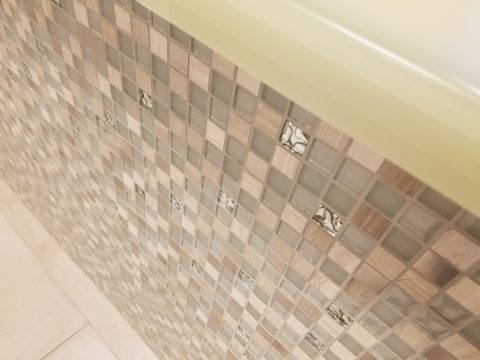
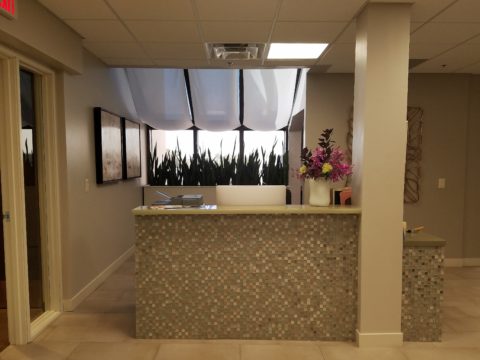
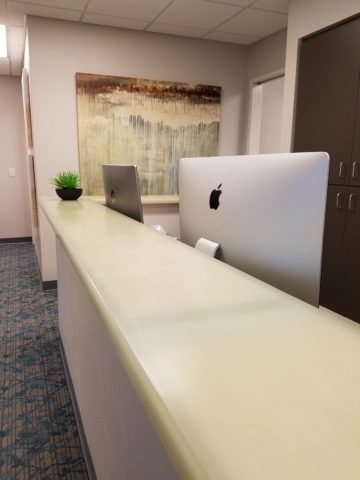
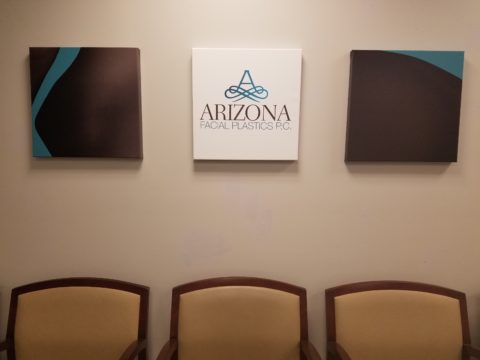
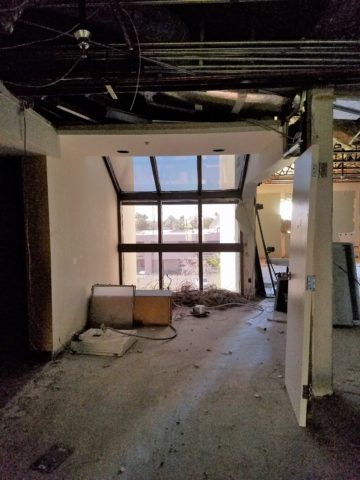
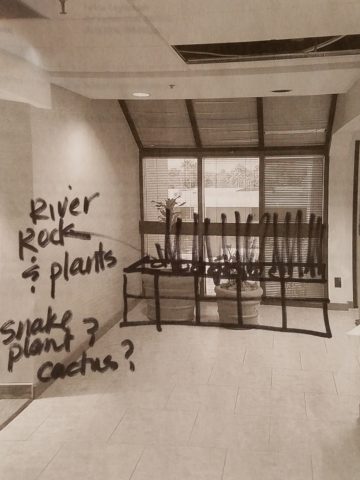
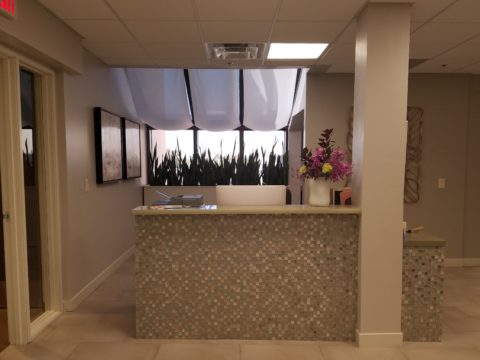
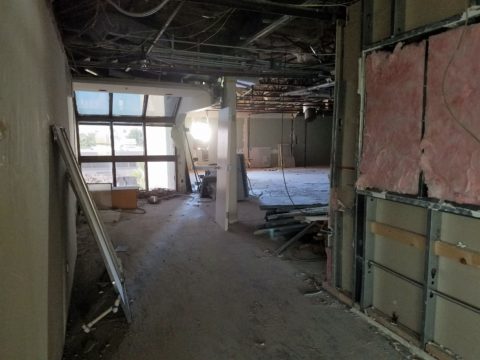
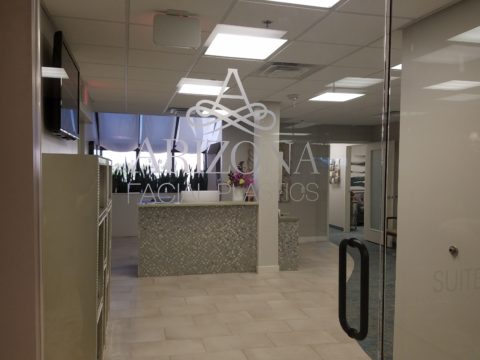
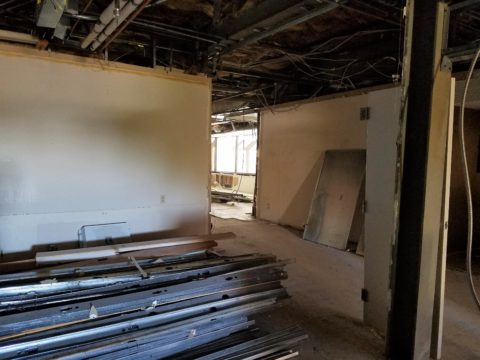
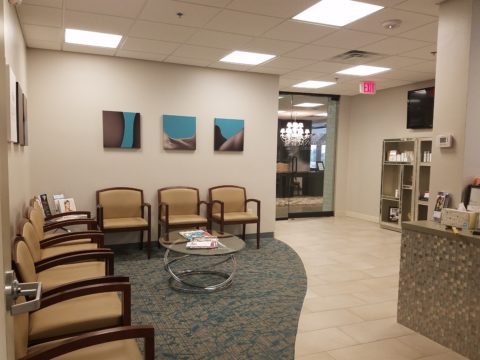
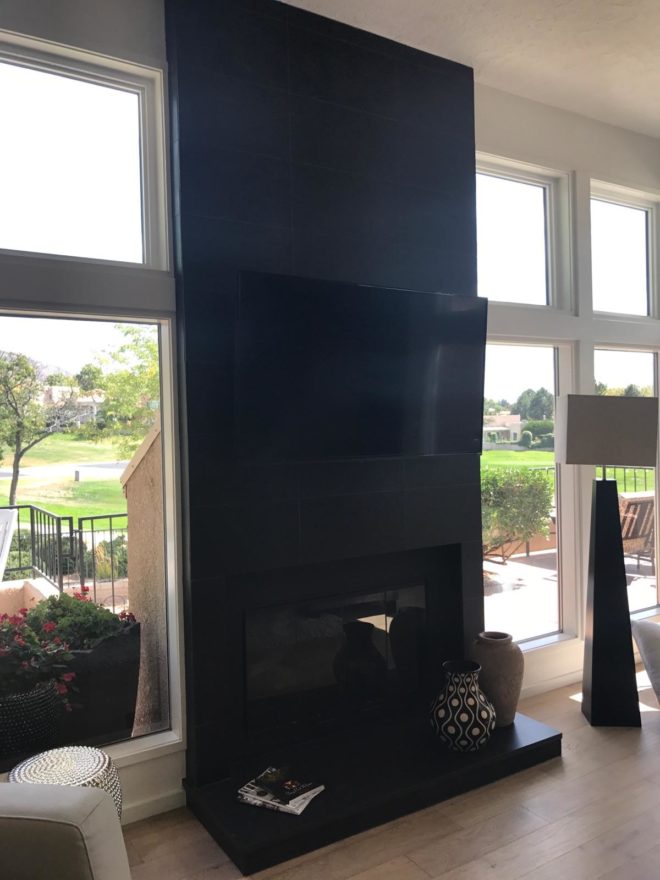
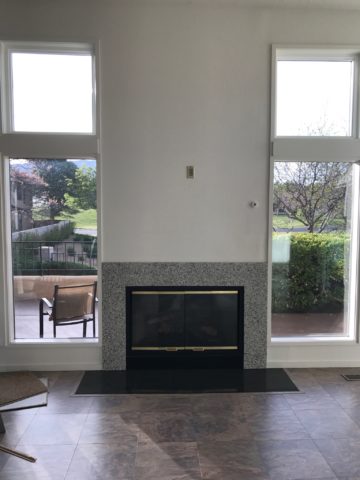
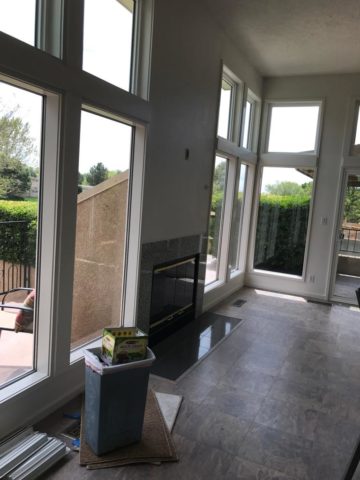
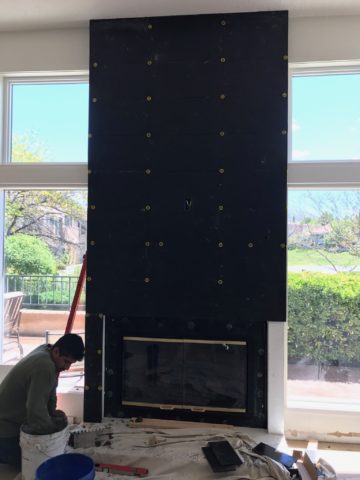
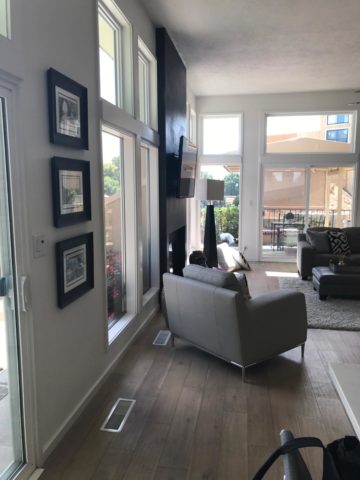
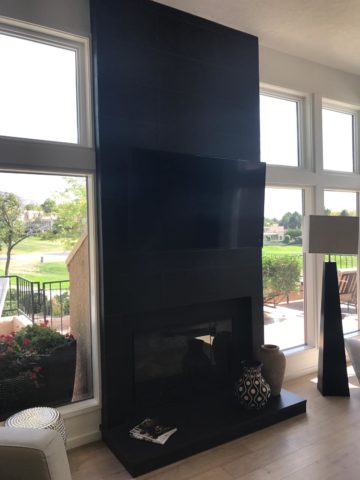
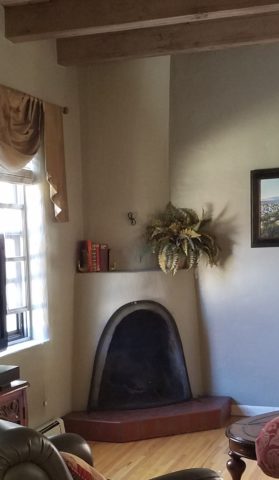
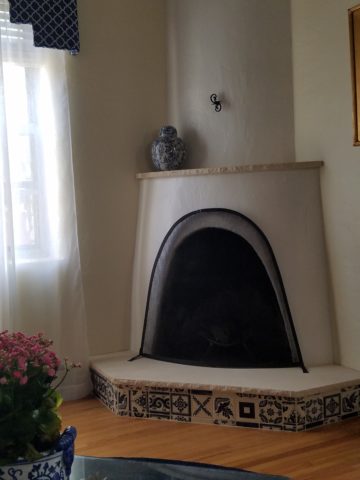
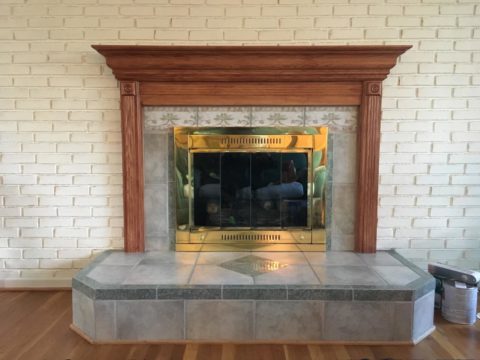
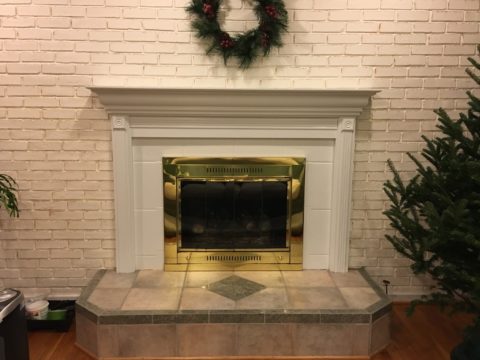
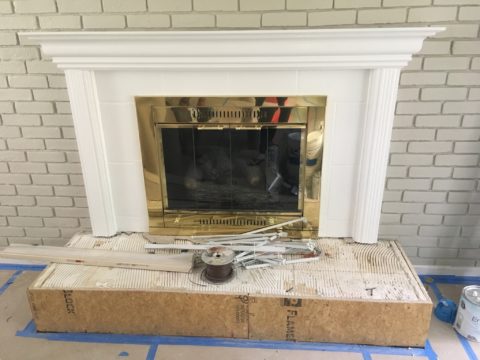
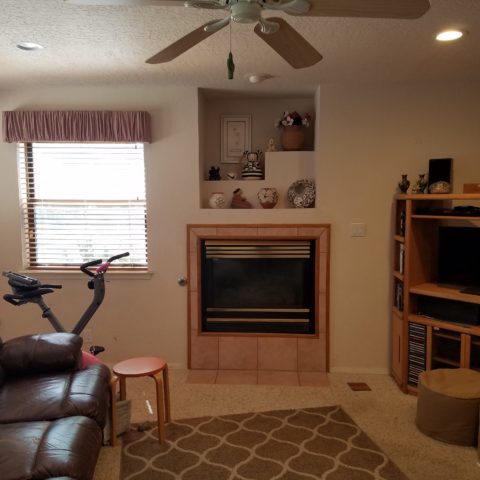
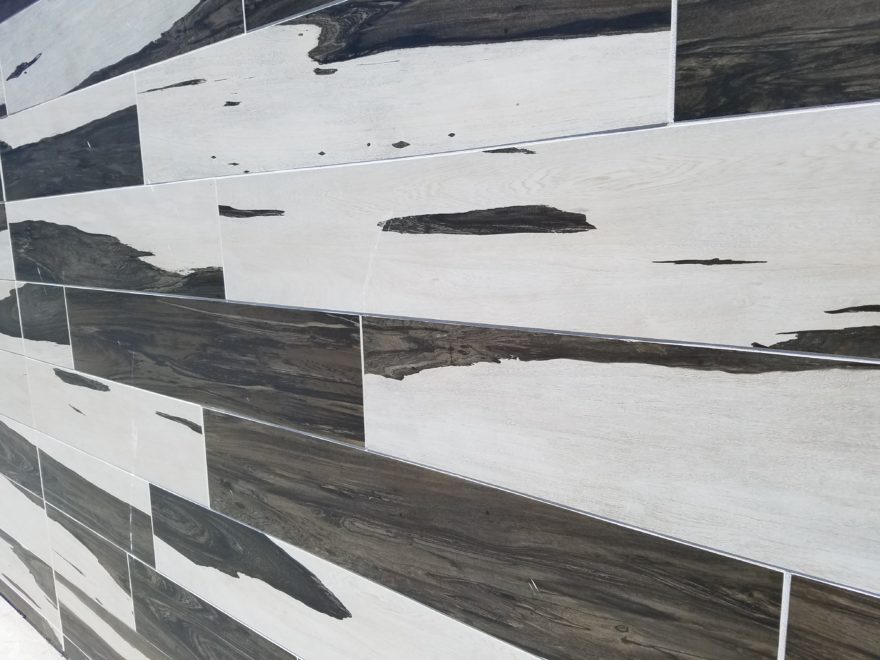
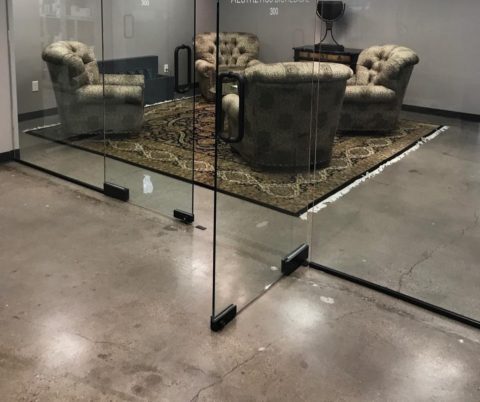
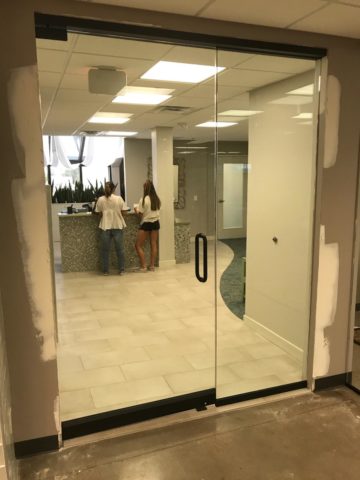
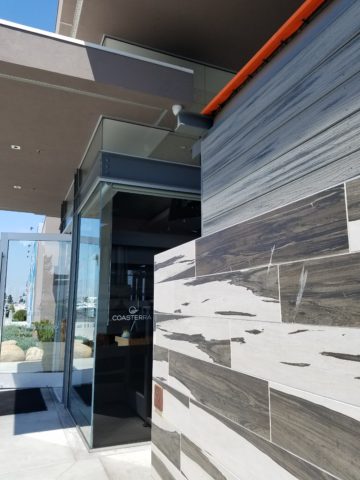
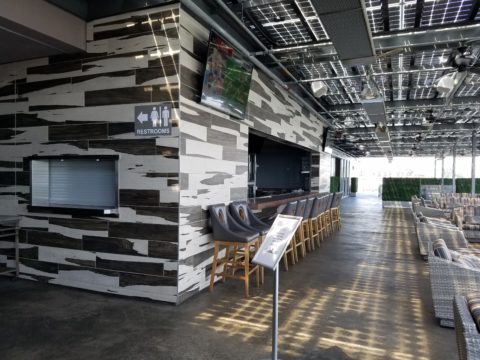
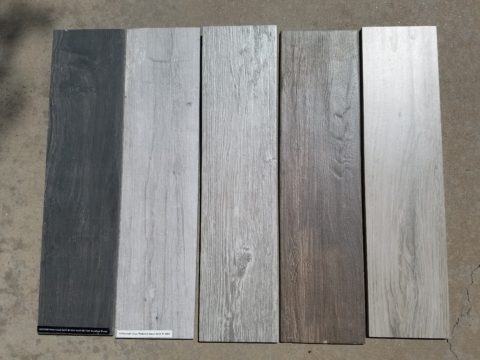
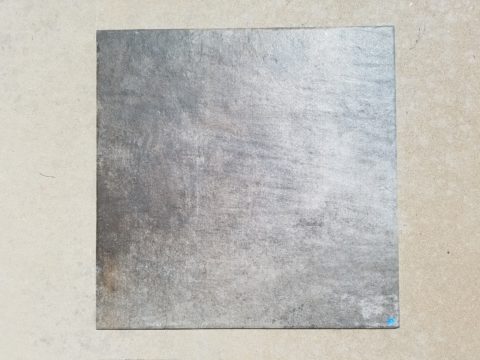
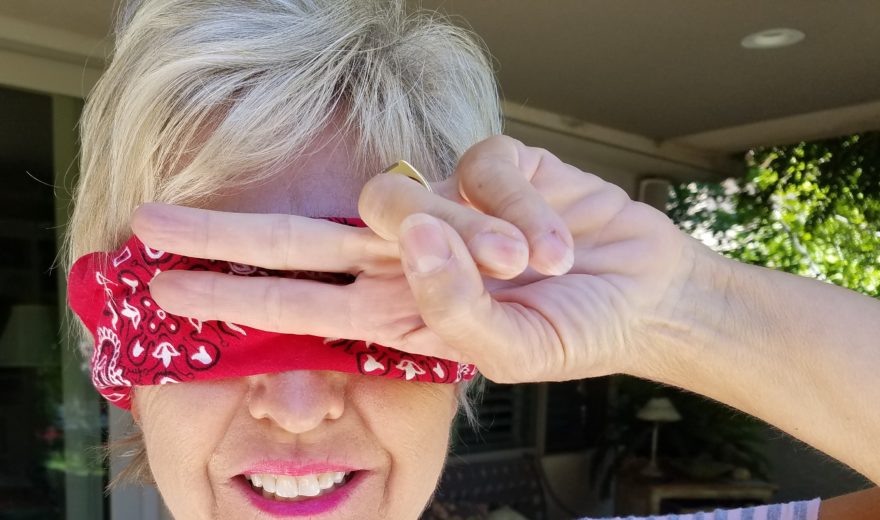
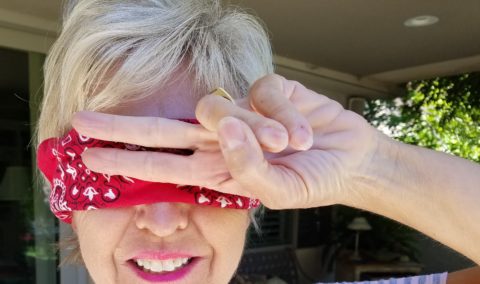
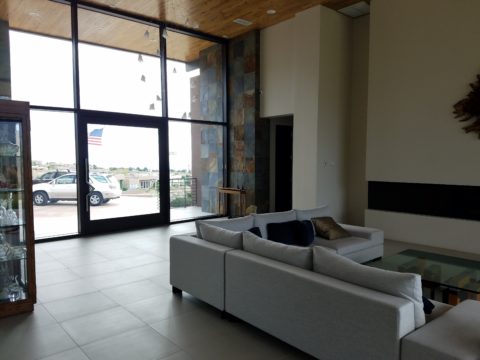
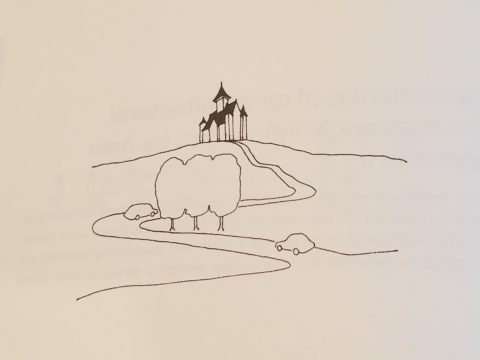
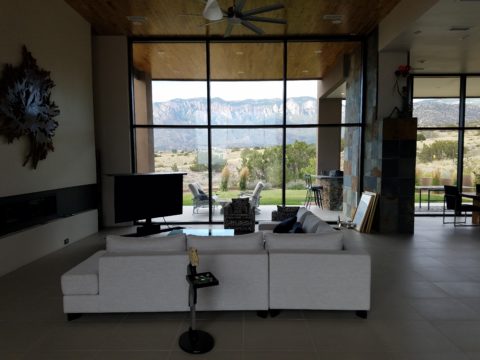
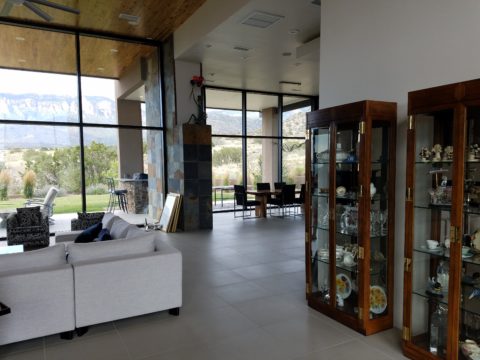
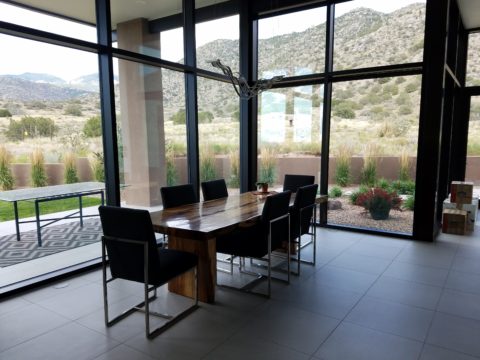
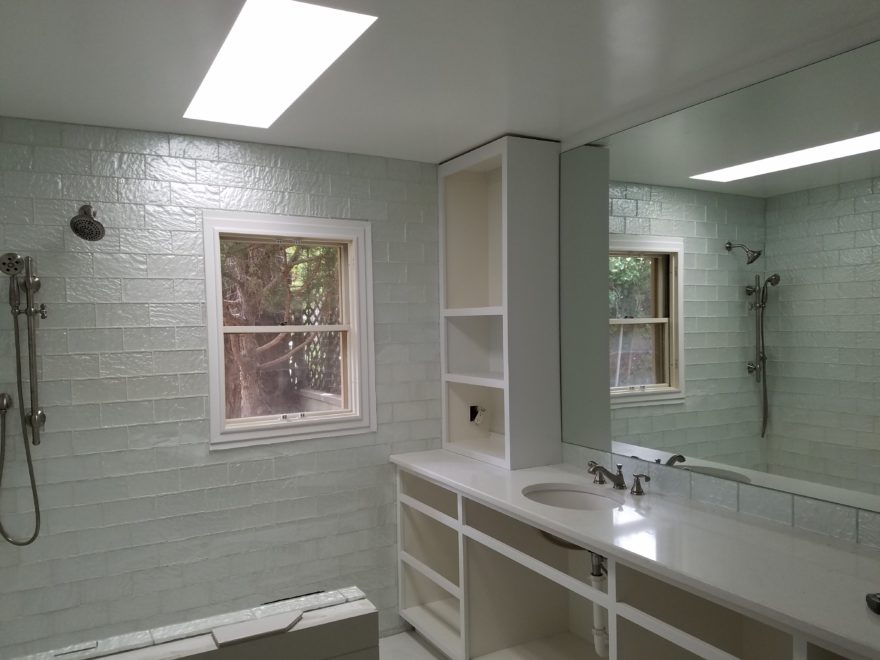
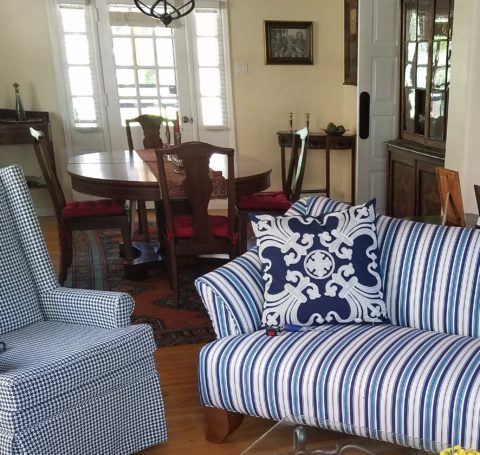
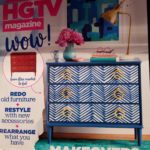
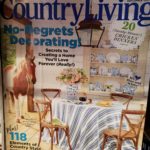

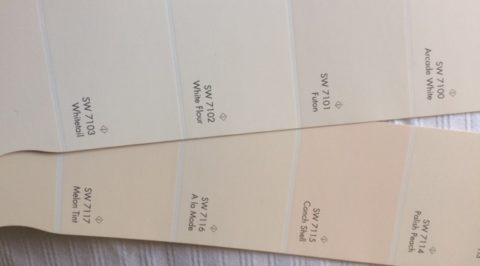
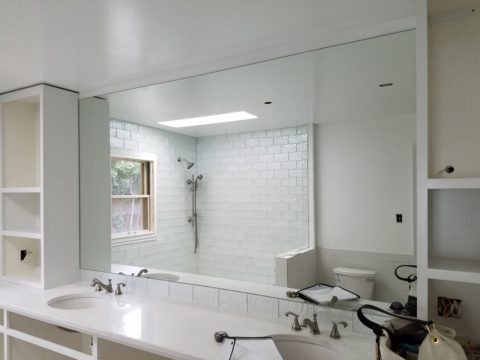
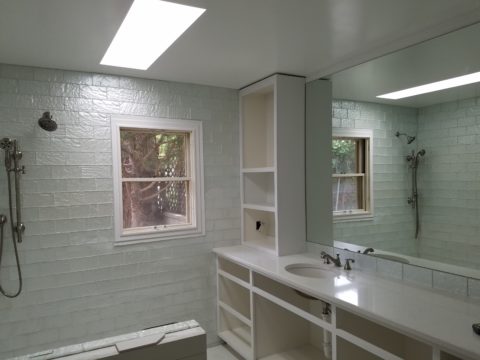
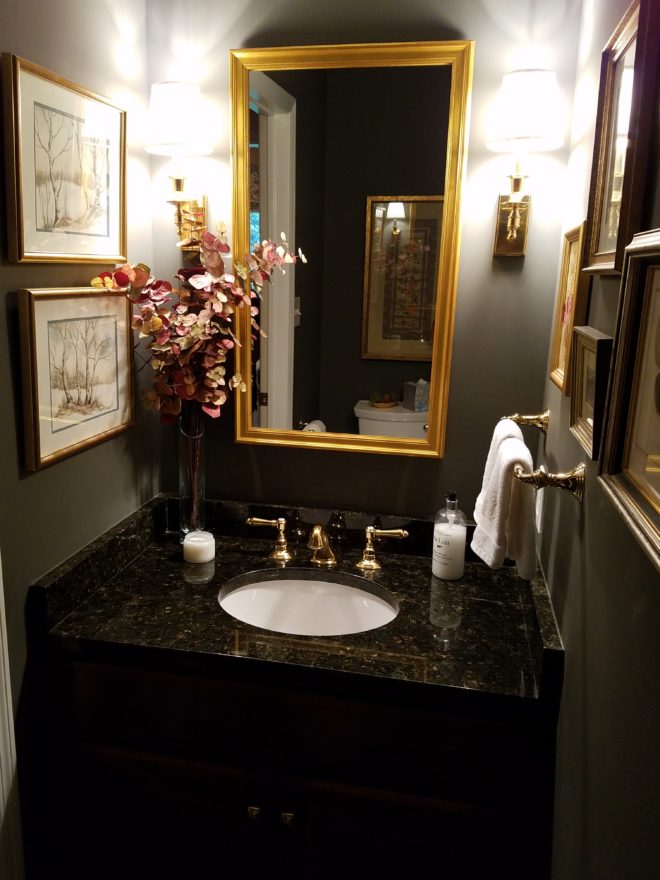
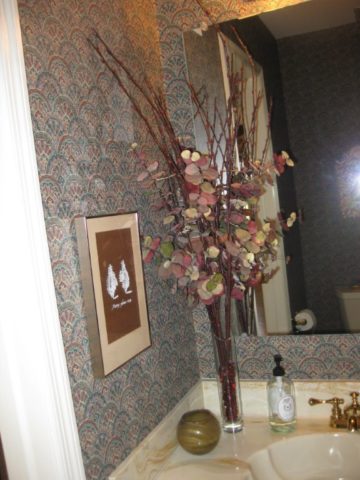
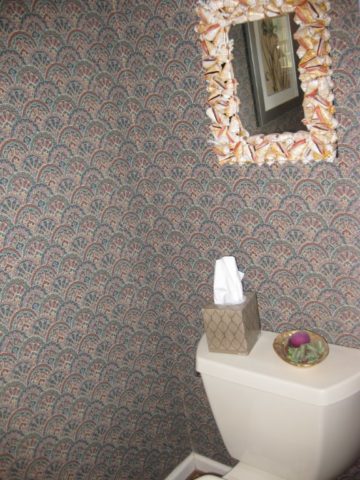
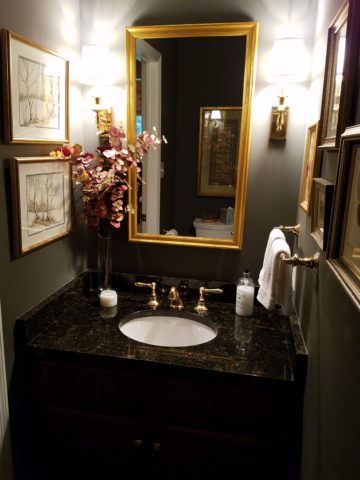
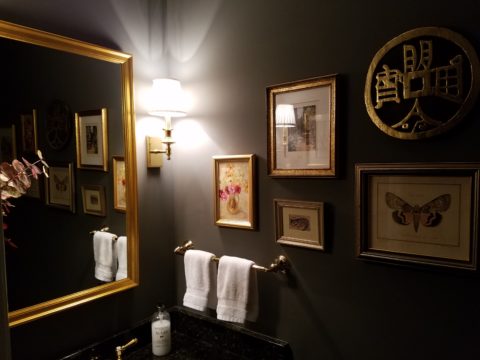

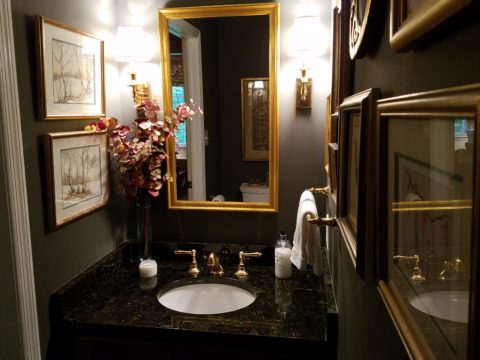
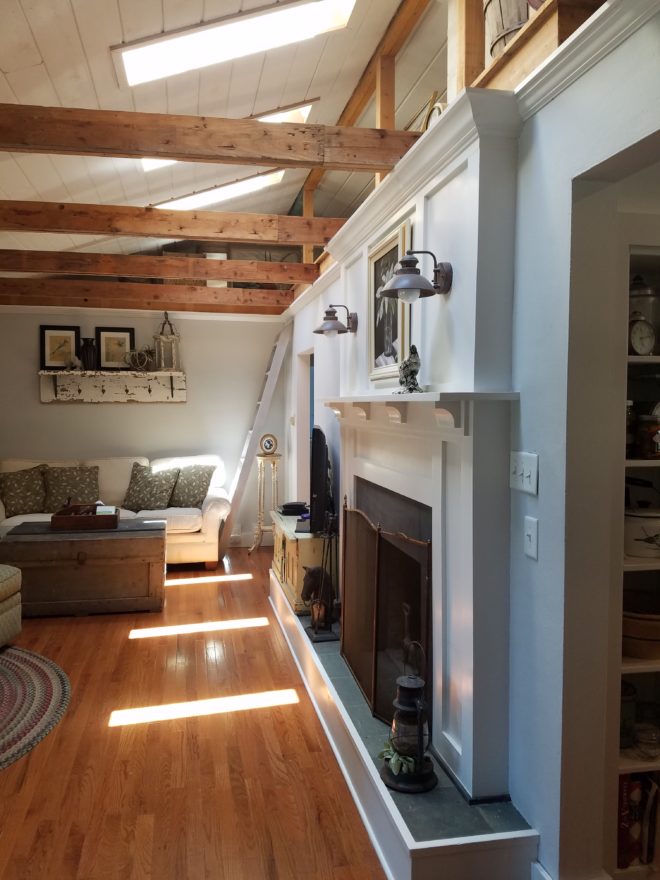
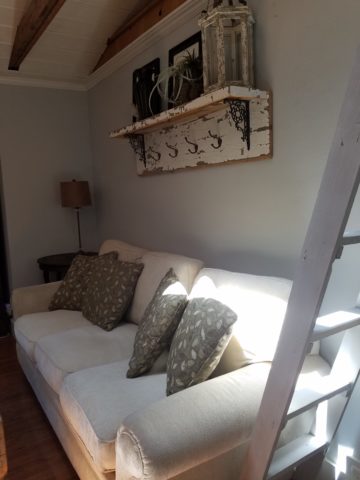
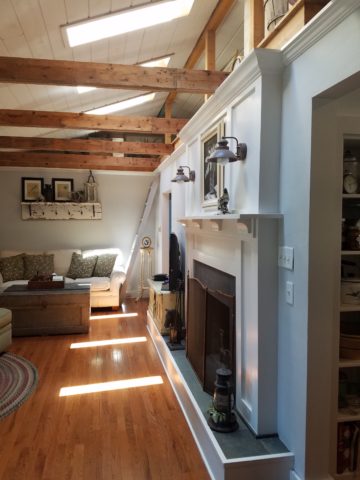
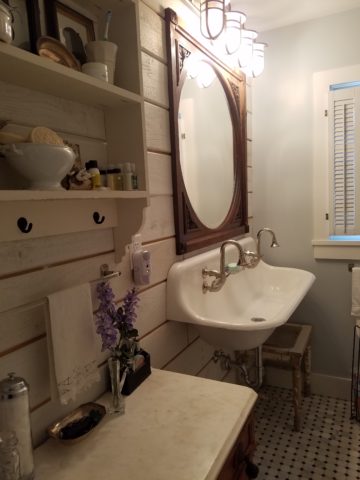 Hearing their comments as they passed through the spaces was amusing in their commonality. Everyone was amazed at the amount of work done, creative elements incorporated, fun finds she had collected to transform this modest house into this cozy cottage. Her two cats have wonderful vantage points to watch the activities in the rooms below as guests gathered to celebrate the weekend’s family wedding festivities.
Hearing their comments as they passed through the spaces was amusing in their commonality. Everyone was amazed at the amount of work done, creative elements incorporated, fun finds she had collected to transform this modest house into this cozy cottage. Her two cats have wonderful vantage points to watch the activities in the rooms below as guests gathered to celebrate the weekend’s family wedding festivities.